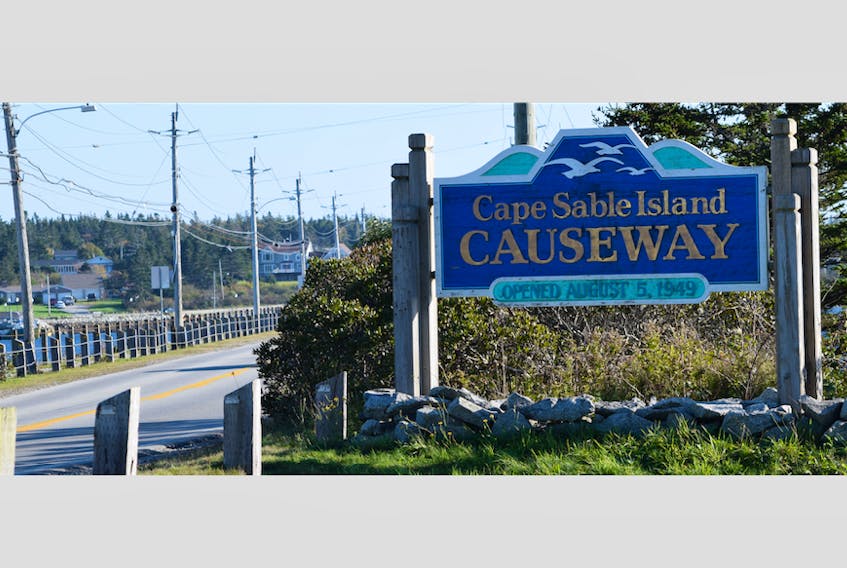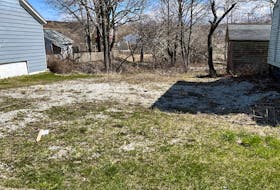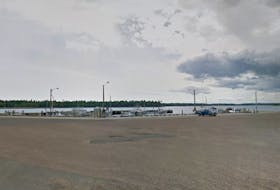CAPE SABLE ISLAND, N.S – A geotechnical report on test drilling conducted by the provincial Department of Transportation and Infrastructure (TIR) on the Cape Sable Island Causeway last winter concludes that the structure is safe and sound.
“The causeway itself, the structure is sound and in good shape,” said Craig Smith, TIR construction manager for the western district. “There doesn’t seem to be any real issues with the structure itself such as undermining, large voids or anything like that to be worried about.”

As for the dips in the road surface, which is what prompted the study, the findings in the geotechnical report seem to think the dips in the road that are showing up is because of migration of finer material, said Smith.
“When the causeway was built, different grades of material were used on the bottom and sides and filled in the middle with smaller, finer material and what seems to happen and it common with these causeways, the finer material moves into the smaller gaps in between the bigger material and creates a subsidence,” he said, adding the report also confirms water moves through the causeway.
“You can tell from standing there, there is movement so some of the finer materials may get washed out or moved around because of water moving through the causeway,” said Smith. “That’s the basic findings.”
Two of the three bore holes drilled for testing went all the way to solid bedrock which is approximately 14 meters below asphalt or around 50 feet, said Smith. “There doesn’t seem to be any movement of causeway and bedrock or anything like that.”
TIR has already repaired one section of the causeway.
“The most common thing to do is what we did last winter,” said Smith. “In the one section where it really seemed like trucks and cars were bouncing in the dips we levelled it off with asphalt and we sort of monitor to see if there is continued subsidence or anything, or to see if that’s moved as much as its going to and go from there.
“Sometimes that’s as far as it moves, and that patch might be more than enough to fix what’s there, so we’ll keep monitoring the patch,” he added, noting it “seems to be holding up fairly well.”
The structural integrity of the causeway is not the only concern for the Municipality of Barrington, said Warden Eddie Nickerson. He said the ever-growing sand spit on the North East Point Beach is also a concern.

“The sand is coming fast in there,” he said. “Our council feels that problem needs to be addressed.”
“Are we going to have a dangerous situation with cars driving across there on a strong easterly wind” said Warden Nickerson, with blowing sand reducing visibility if and when the sand spit reaches the side of the causeway. “There’s a lot of issues that could be in place there.”
Water access from the North East Point shoreline would also be blocked off if the sand spit reaches the causeway, impacting recreational boaters as well as commercial fishermen. Built in 1949, the Cape Sable Island Causeway blocked a migratory route for many species of fish, including mackerel and pelagics, said Warden Nickerson. “They used to migrate through there and now they don’t, and we see those fisheries, the mackerel fishery, suffering along our coast too.”









